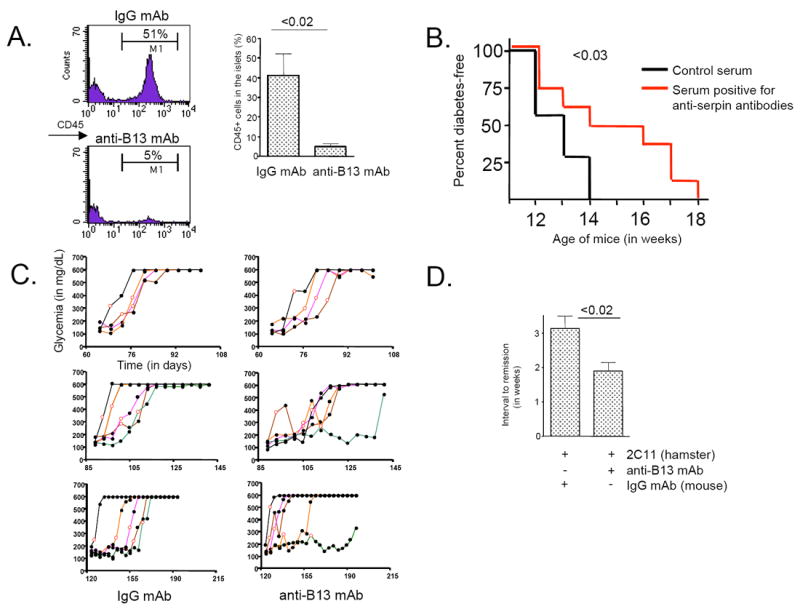Figure 8. Protective properties of the anti-serpinB13 mAb antibody.

(A) FACS analysis of CD45+ cells (stained with 30-F11 mAb) in islets from mice treated with anti-serpinB13 mAb. Four-week-old female NOD mice received 4 injections of mAb (n=4) or the IgG mAb control (n=4) (100 μg/injection) over 10 days. The animals were sacrificed at 5-to-6 weeks of age. Right: The average of 3 independent experiments is shown. (B) Diabetes-free survival in NOD mice treated with serum containing anti-serpinB13 autoantibodies. The recipient mice were prescreened for low anti-serpinB13 autoantibody levels and were injected every 3 days with a 100-μL sample of serum containing either a high (n=7) or low (n=7) levels of anti-serpin autoantibodies. A total of 10 injections were made, the first at 3.5 weeks of age. After the last injection, the animals were followed weekly for evidence of glucosuria. (C) Blood glucose levels in NOD mice following treatment with anti-serpinB13 mAb. Animals were injected 4 times with anti-serpinB13 mAb (right) or IgG mAb control (left) (100 μg/injection) starting on the day of diagnosis (open circles), and their glucose levels were measured every 5 days thereafter. Data are displayed according to age at onset of diabetes: early (<12 weeks [upper]), intermediate (12-16 weeks [middle]) and late (>16 weeks [upper]) onset. The trajectory of each mouse towards the development of disease is shown in a different color. In groups treated with anti-serpinB13 mAb, responders are depicted in green, orange and brown and nonresponders are shown in black and purple. To determine the difference between control and treatment groups that develop diabetes after 12 weeks, animals from intermediate- and late-onset groups were combined. The Fisher’s exact test was used for the statistical analysis. (D) Timing of recovery from diabetes. Animals were treated with 2C11 mAb (10 μg/injection) and IgG mAb control (n=10) or 2C11 and anti-serpinB13 mAb (n=14). This injection regimen was similar to that described in C. The data are from one experiment and are representative of two to three independent experiments.
